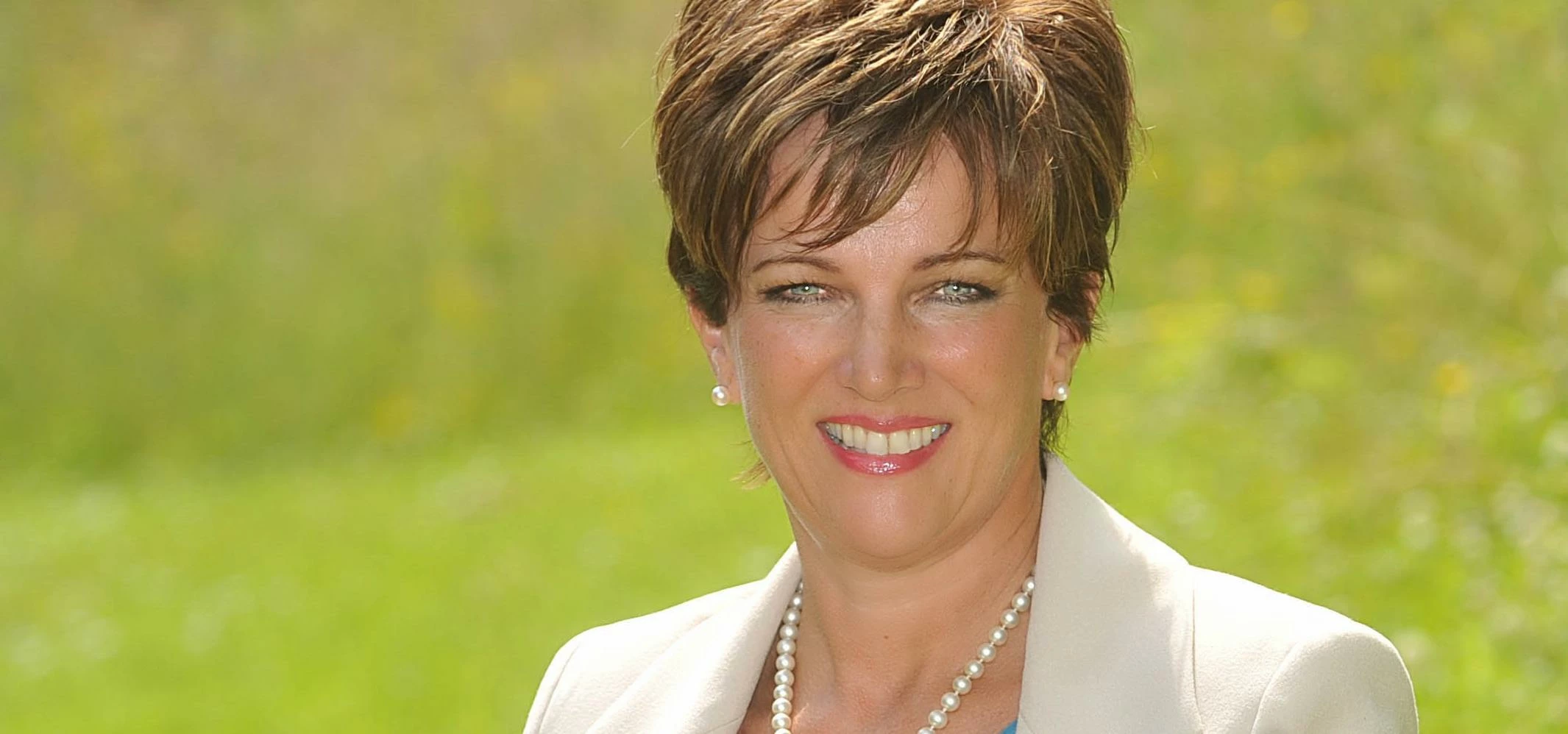
Partner Article
How much risk are you prepared to take?
I was involved a few years ago in an undercover programme as an expert financial planner on a BBC Panorama programme, exploring the whole area of risk and investing.
Actors wearing hidden cameras and a microphone went into the major High Street banks pretending to be to be cautious investors.
The poor bank advisers were blissfully unaware of this and of course went about their normal fact finding process.
Some of the methods used to establish an individual’s appetite for risk were left sadly wanting…one adviser even said that he could look into a person’s eyes and get an understanding of the degree of investment risk they were willing to undertake!
So how should we properly assess risk? There are several categories of risk…Financial, Physical, Social, Health and Ethical.
People tend to be consistent within the categories but often not between categories.
For example a Sky diver may be happy to also climb mountains but may be unwilling to take high risks with his or her money!
Women tend to more risk adverse than men - in only one in six couples is the female the higher risk taker, reflecting the fact that many women tend to be more cautious generally.
We have all heard the saying that if Lehman Brothers had been Lehman Sisters, the bank may not have gone bust!
How people see risk varies - it can have the feeling of danger or uncertainty for some and opportunity and thrill for others.
In reality there is risk in any situation which has more than one possible outcome.
Taking too little risk can lead to missed opportunities but taking too much risk can lead to an unpleasant surprise.
When investing there are 4 key areas of risk to take into consideration:
Risk Tolerance - how much risk can you tolerate, when do you begin to lose sleep at night?
Risk Perceived - how risky does the action feel to you?
Risk Required - how much risk do you need to take (or not) to achieve your financial objectives?
Risk Capacity - how much can you afford to lose?
Facebook founder Mark Zuckerberg has said: “The biggest risk is not taking any risk… In a world that is changing really quickly, the only strategy that is guaranteed to fail is not taking risks.”
Without an in-depth understanding of risk it is simply impossible to build an investment portfolio either for yourself or via a financial adviser or planner.
There are some good risk profiling tools available as well as some bad ones. The old method of ‘on a scale of one to 10 where do you see yourself if one is cautious and 10 is the 2.30 at Cheltenham’ is hopefully a thing of the past because of course most people choose five!
My view is that there has to be more than 10 questions on a profiling tool - we have 25 on ours.
Good Psychometric testing leads to sensible conclusions which promote powerful discussions on the whole risk issue.
We then tailor the results as often there are around five answers which cause a conflict in the overall profile and we then agree the outcome with our clients and from this can build the portfolio to fit in with their financial plan and life intentions.
Understanding risk is key - it is not a quick fix and we spend a lot of time educating the clients and their families work with on this whole issue.
So when the stock markets fall - and they will and do - there has been an acceptance or tolerance agreed in advance, so no nasty and unpleasant surprises.
As the famous investor Warren Buffet said: “Risk comes from not knowing what you’re doing.”
For more information contact louise.oliver@piercefield.co.uk tel: 0845 2578749 www.piercefieldoliver.com
Piercefield Oliver is a trading name of Piercefield Asset Management Ltd, which is authorised and regulated by the Financial Conduct Authority.
This article is not intended to provide specific advice to individuals and is generic in nature.
This was posted in Bdaily's Members' News section by John Highfield .
Enjoy the read? Get Bdaily delivered.
Sign up to receive our popular morning National email for free.








 Why investors are still backing the North East
Why investors are still backing the North East
 Time to stop risking Britain’s family businesses
Time to stop risking Britain’s family businesses
 A year of growth, collaboration and impact
A year of growth, collaboration and impact
 2000 reasons for North East business positivity
2000 reasons for North East business positivity
 How to make your growth strategy deliver in 2026
How to make your growth strategy deliver in 2026
 Powering a new wave of regional screen indies
Powering a new wave of regional screen indies
 A new year and a new outlook for property scene
A new year and a new outlook for property scene
 Zero per cent - but maximum brand exposure
Zero per cent - but maximum brand exposure
 We don’t talk about money stress enough
We don’t talk about money stress enough
 A year of resilience, growth and collaboration
A year of resilience, growth and collaboration
 Apprenticeships: Lower standards risk safety
Apprenticeships: Lower standards risk safety
 Keeping it reel: Creating video in an authenticity era
Keeping it reel: Creating video in an authenticity era